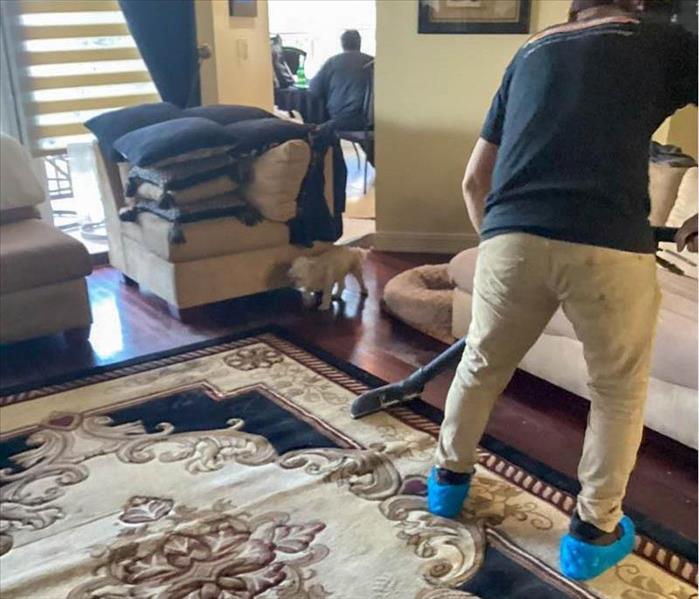Restoring Your Personal Items After Water Damage
10/15/2023 (Permalink)
Water damage can be devastating, especially when it affects personal items that hold sentimental value. Whether it's an old photograph, a cherished heirloom, or a precious memento, the loss of these items can feel irreplaceable. However, with the right restoration techniques and a little patience, it is often possible to salvage and restore these beloved possessions. In this blog post, we'll explore strategies for restoring personal items with sentimental value after water damage, allowing you to hold onto the memories they represent.
Assessing the Damage
The first step in restoring water-damaged personal items is to assess the extent of the damage. Different materials require different restoration approaches, so it's essential to identify the type of item and the materials it is made of. Determine if the item has been exposed to clean water or contaminated water, as this can impact the restoration process.
Acting Quickly
Time is of the essence when it comes to restoring water-damaged items. The longer an item remains wet, the more damage it may sustain. As soon as you discover water damage, take immediate action to mitigate the moisture and prevent further harm.
When handling water-damaged items, it's important to handle them with care to avoid causing additional damage. Wear gloves to protect both the items and your hands from oils. Handle delicate items, such as old photographs or fragile textiles, with extra caution. If possible, place them on a clean, dry surface or use archival-quality storage materials.
Drying and disinfecting
The next step is to dry the items thoroughly to prevent mold growth and further deterioration. Remove excess moisture by gently blotting or patting them with clean, absorbent materials like towels or paper towels. Avoid using heat sources, such as hairdryers, as they can cause damage. Instead, allow the items to air dry in a well-ventilated area away from direct sunlight.
Depending on the nature of the water damage, you may need to clean and disinfect certain items. For non-porous items, such as glass or metal, you can use a mild detergent or disinfectant to clean the surface. However, be cautious when cleaning delicate or porous materials, as some cleaning agents may cause further damage. In such cases, it is best to consult a professional restoration specialist.
Seeking Professional Help
For items of significant sentimental value or those that have sustained severe damage, it's advisable to seek the assistance of a professional restoration specialist. These experts have the knowledge, expertise, and specialized tools to handle delicate restoration processes. They can assess the items, recommend appropriate restoration techniques, and provide professional restoration services to maximize the chances of successful restoration.
Preserving and Protecting Restored Items
Once the items have been restored, it's important to take steps to preserve and protect them for the future. Store them in archival-quality materials, such as acid-free folders or boxes, to prevent deterioration over time. Display fragile items in protected areas where they are not exposed to direct sunlight, extreme temperatures, or high humidity.
Water damage to items with sentimental value can be emotionally challenging, but with prompt action and the right restoration techniques, it's possible to salvage and restore these cherished possessions. Remember to assess the damage, handle the items with care, dry them thoroughly, clean and disinfect when necessary, and seek professional help when needed. By taking these steps, you can preserve the memories and continue to cherish your restored personal items for years to come.





 24/7 Emergency Service
24/7 Emergency Service